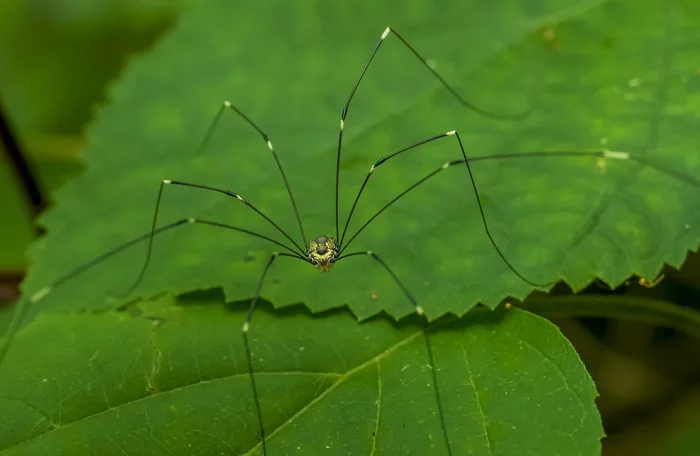
Scientists genetically alter daddy longlegs to have short legs
Researchers have assembled the first draft genome of Phalangium opilio, also known as the daddy longlegs. During their experiments, the team isolated two genes associated with leg development and were able to block the activation of those genes in several embryos, resulting in arachnids with short legs.
"The harvesters grew up with short legs, and the short legs became pedipalps, limbs typically used for handling food," researchers said in a statement.
When another gene linked to leg development was disabled, they grew up with short legs that did not become pedipalps, and they lost their tarsomeres, which joints that allow them to wrap around objects.
So what does this mean?
It's not yet clear - but the team says that as more of the genes involved in leg development in long-legged species are discovered, researchers will eventually be able to explain why the long legs developed in the first place.
The findings have been published in a paper appearing in Proceedings of the Royal Society B.
There are an estimated 10,000 species of Daddy longlegs, found on every continent except for Antarctica. While often mistaken for spiders, daddy longlegs are more closely related to scorpions.










